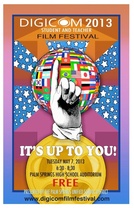 There is little that I love more than sitting in the audience at a film festival, watching my students as they see their work appear on the big screen. By the time we end up at the festival, we've all seen the movie countless times during the editing and revision process. Most of us can quote the dialogue word for word and we know every transition and special effect by heart. So, when we're sitting there in a darkened auditorium, I don't take time to watch the film as it rolls across the screen; for me, it's a far more powerful experience to watch the expressions on my students' faces as they are overwhelmed by pride and a deep sense of accomplishment. It's a thrilling experience - whether it's their first time at a film festival or what feels like their billionth. Their smiles are always huge, their eyes always shining, and in those moments, I know exactly why I am a teacher and why I choose to include digital storytelling in the curriculum. Connecting with students through the medium of film is one of the aspects of teaching that I am most passionate about. We take film making very seriously in Room 208, probably because there is no shortage of inspiration to be found in each other and the process of learning. Sometimes it seems like the world readily discounts what middle school students might have to say because, yes, middle schoolers can be immature, squirrelly, and obnoxious. But they can also be serious, ambitious, humorous, and even poignant. Even after integrating student film making in the curriculum for six years, students can still amaze me with what they are able to produce. Last night, my students and I attended the 2013 DigiCom Student Film Festival. We had a blast watching both our own work and the work of other students. One of my students was awarded a video camera for directing the award-winning film, "Identity Crisis." Last year, he won a video camera for directing a film noir piece, "The Lady In Black" and editing the award-winning, "Spitball Love." He has been an active student in my video production class for the last two years and a member of the after school AV Club that I advise. Film making is his heart and it shows. I love knowing that we have been able to forge a teacher-student bond based on the creative process of film making. When he geeks out about a new script idea or a special effect he's working on, I geek out, too! It's awesome. Award-winning films from Room 208 that were shown at last night's DigiCom include: Also, The Desert Sun covered my students in two separate articles this past week:
Probably the icing on the cake at this year's festival was the classroom grant that I was awarded, consisting of four iPads and $4,000. What an amazing, unexpected blessing! Here's a video clip of the big moment that was captured by and posted on The Desert Sun.
1 Comment
There is a feeling I get when a lesson is going well - you know the one, because you've felt it, too. It's similar to the way my stomach drops whenever I hear the opening strains of "Phantom of the Opera," or that moment just before I hurtle over the edge of the waterfall on Splash Mountain at Disneyland. What is that feeling? Excitement. Enthusiastic anticipation of a good thing. An excellent experience in the making. The act of teaching is the art of bringing many components together and orchestrating them into a meaningful whole: the student, engagement strategies, pedagogy, relevance, and authentic experiences. Teaching is like conducting; it's knowing when to let a single instrument play and when to let the whole symphony soar. Maybe that's how some teachers know when it's time to make a change - when the song becomes just another song and the notes are no longer special. There are so many moving parts to a good lesson, it can be difficult to harmonize them all. As teachers, we have to foster in ourselves a keen sense of timing and what it means to facilitate, as opposed to direct. While effective direct instruction is not a bad thing, the lessons that I (and my students) enjoy the most are those which allow autonomy and encourage investigation. No matter what we do, technology is almost always a main component. At my school site, I am responsible for training others about Common Core State Standards as California transitions to the CCSS over the next several years. I've begun piloting Common Core ELA lessons in my classroom and last week I decided to test drive a Common Core lesson plan that I wrote for Social Studies. In the end, the week long lesson proved to be a veritable symphony of project-based learning, iTunes U, and collaboration. The standards I decided to address were a blend of my content area standards and the CCSS Literacy Standards for Social Studies, History, Science, and Technical Subjects. Here's a breakdown: Social Studies Standard 6.5.4: Outline the social structure of the caste system. Inquiry based learning lends itself very well to Common Core, so I decided to take a PBL approach to this lesson. To provide structure, iTunes U seemed perfect. It only took me several hours to construct a course on Ancient India's Caste System. (Go ahead - subscribe to it!) The most difficult part was compiling a list of resources for students to use during the inquiry process. Here's a screen cap of the materials in the course (click to enlarge): Because my students are piloting a student-centered BYOD program, I asked them to download the free iTunes Uapp ahead of time. In class, I showed them how to search for my course in the catalog and subscribe to access content. Since students are already used to working in collaborative groups, I was able to quickly walk them through the interface of the iTunes U course I made and then set them free. Students did an incredible job utilizing the course to help walk them through the PBL process: developing an inquiry plan, creating a reasonable schedule, conducting research, compiling notes, and creating a product to demonstrate their learning. The duration of the project was an hour per day for five consecutive days, and the essential question under investigation was, "How was ancient Indian society organized and how does it compare to our society here in the United States?" Check out this video clip of my students. This is around the time that I started getting that insanely wonderful feeling of a successful lesson in progress: During the final stage of the lesson, kids were able to choose how they wanted to showcase their learning. I gave them several app suggestions, but students were free to use other apps if they felt they could accomplish the task given (click to enlarge): And these are a few of the fantastic products that students were able to create: ecause having an authentic audience is important, student projects were uploaded to our classroom website and shared via QR Codes in our school's main hallway, as well as on a bulletin board in our classroom. At the end of the week, my students felt proud of themselves, the choices they made, and the work they accomplished.
There's a feeling I get, when a lesson went well - you know the one, because you've felt it, too. Success. If you have questions about the process I used or any aspect of this post, please feel free to leave a comment. On this past Monday, one of my former students stopped by my classroom. I always love to reconnect with students who have moved on to 7th and 8th grade, and I love hearing how their lives are changing, what they’re up to, and how their families are doing. Occasionally, I’ll run into students who have graduated from high school and I’ll see them behind the counter at Starbucks. It can be a little strange to see kids who are so much older than the last time I saw them, but somehow I’ve always been able to remember their names – it’s a weird talent. Anyway, this one kid, who’s now taller than I am, popped his head into my classroom after school last Monday and said, “Yo, Mrs. Pack. You still using iPads like a rockstar? I got a question.” For those who may not know, Urban Dictionary defines the phrase “like a rockstar” as an adjective that means, “to do something well – be it musical or not. Example: She can knit like a rockstar.” The thing is, I’ve always wanted to be a rockstar but have no musical talent whatsoever, so it’s sort of a relief to know that I can be rockstar-like while doing other things that I am actually good at. There are a ton of video tutorials on YouTube that attempt to teach people to do a number of tasks like a rockstar. For example, check out this tutorial that teaches you how to pack a suitcase like a rockstar: I think one of the ways you know you can use iPads and other iOS devices like a rockstar is when you begin to author your own content. Thanks to the advent of iBooks Author, writing my own book feels like delivering a soaring guitar solo to a sold-out stadium. Publishing a course on iTunes U and using my book as a multimedia source feels like jamming next to Springsteen, Steven Tyler, and Mick Jagger. In light of that, here are a few tips on how to author content like a rockstar:
Download my book, Digital Storytelling: Connecting Standards to Movie-Making Subscribe to my iTunes U Course, Digital Storytelling: Film Challenges Being able to share what you do in your classroom and what you’re passionate about teaching kids is an amazing opportunity. Disseminating ideas has never been so easy. Between social networking and the incredible publishing tools of iBooks Author and iTunes U, teaching in isolation isn’t really a danger for a tech saavy teacher. If you haven’t yet started publishing your own content – what are you waiting for?! Download iBooks Author on your Macbook, sign up for an iTunes U instructor account (or check with your district to see if they have an account you can be affiliated with), and start authoring like a rockstar. You can do it! Questions? Want to know how it’s done? Comment on this post or email [email protected]. By Jessica Pack
Follow Me on Twitter @Packwoman208 |
Author: Jessica PackCalifornia Teacher of the Year. CUE Outstanding Educator 2015. DIGICOM Learning Teacher Consultant. 6th Grade Teacher. Passionate about gamification, Minecraft, digital story-telling, and fostering student voices. Download:Archives
June 2020
Categories
All
|
||||||||||||
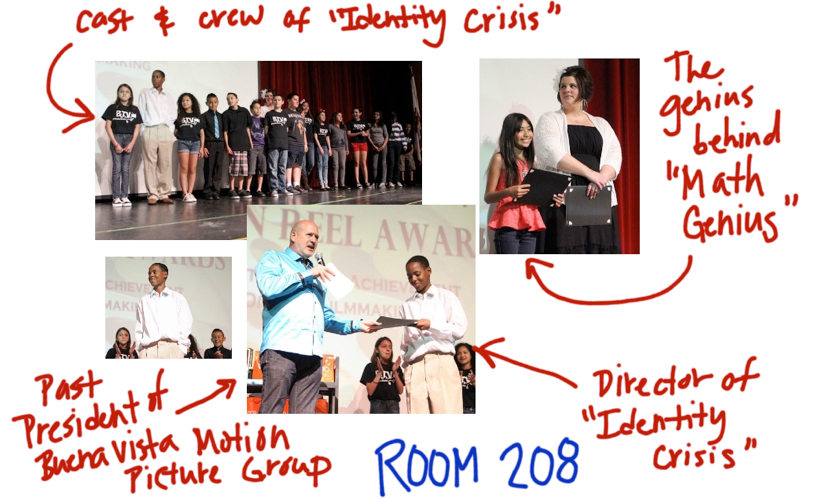
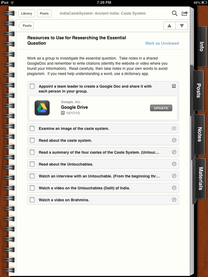
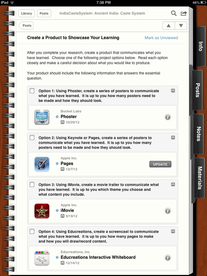
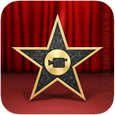
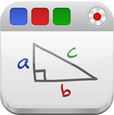
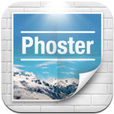
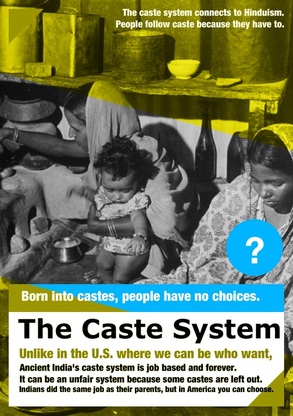
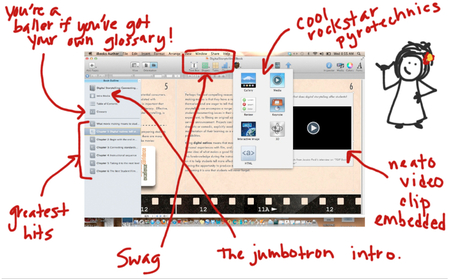
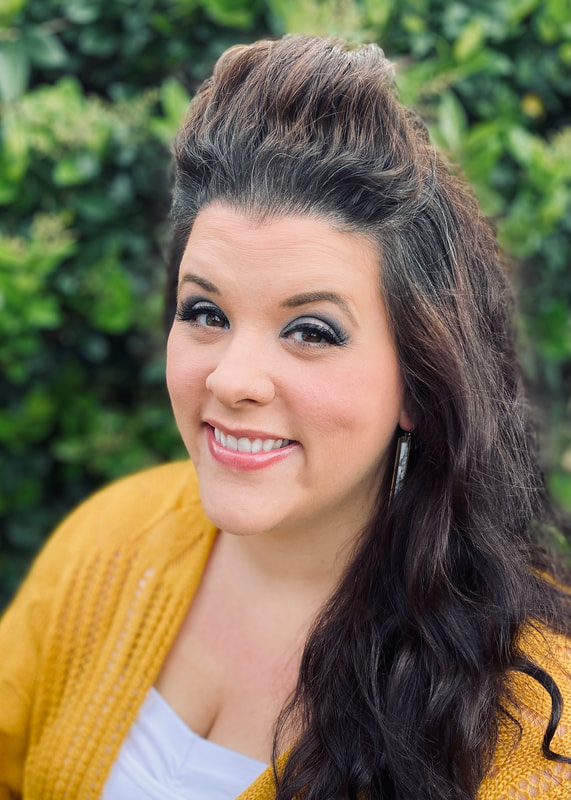
 RSS Feed
RSS Feed